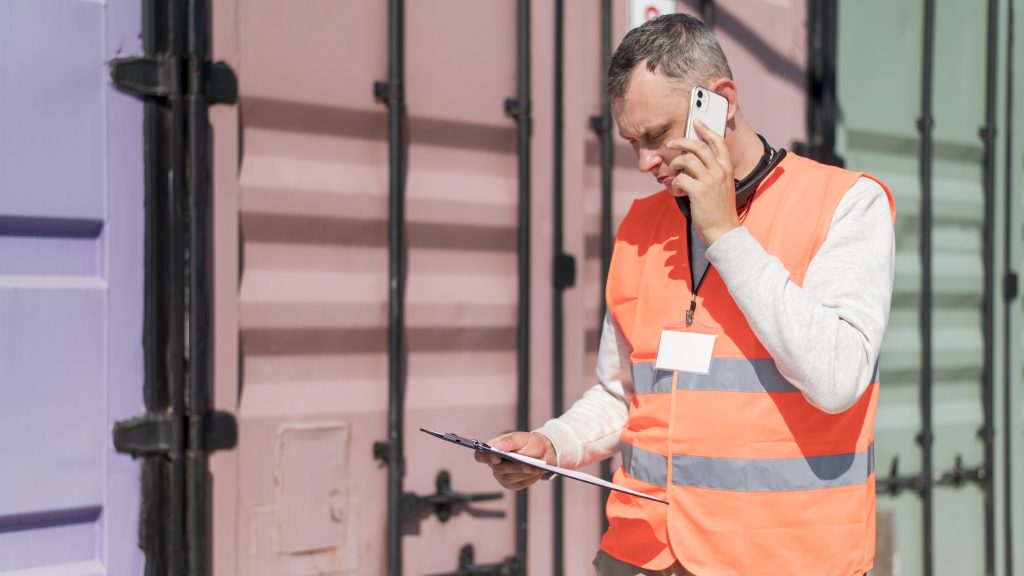The process involved in getting products across borders can be challenging. When it comes to customs clearance, besides proper preparation and documentation, the procedures of the country should also be taken into consideration for the best results. Custom clearance agent is professional and has years of expertise in the field. Due to the simplification in the rules and lowered trade barriers, international trade is much simpler than the way it was before.
Mentioned below is a comprehensive guide for smooth sailing cross-border trades.
There is no single set of guidelines when clearing customs as the regulations and practices differ from country to country. The type of cargo also plays a vital role as different types of cargo requires additional handling by the authorities in the customs department. Mentioned below is a brief on procedures, standard practices and requirements for customs clearance.
Pre-departure steps:
Getting the import and export-ready:
While importing or exporting goods, the first step that should be taken is to register your goods with the customs department. This will allow you to obtain the necessary licence for import or export and get permits for the same. You can take the help of the customs clearance agents in India before getting the import and export ready to ensure no issues later.
Filing of the shipping bill:
Once the shipping bill is filed, the export procedures start. Before filing the shipping bill, it is essential to assess the value, HS code, weight, duty due and the country of origin for the best results. Then, the exporter is required to obtain a permit.
Export custom clearance:
Once the shipping bill gets filed, the export department checks to ensure the shipping bill, the code, duty rate, weight, and value are as stated for the best results. If there are no issues with the goods, then the shipping bill gets endorsed. This is done, and the shipping goods are given the Let export order. These are the absolute requirements for getting your goods exported legally without any issues.
Post arrival steps:
Filing the bill of entry:
Once the goods arrive in the specified country, the importer files for the bill of entry, the bill of entry is the first procedure once the goods arrive in the specified country. In India, due to the new change in the customs rule, the goods are filed before the shipment arrives. If the goods are filed after the vessel arrives, a fine/penalty is levied on the shipment.
Import custom clearance:
Here the goods are once again verified, checking for the value, HS code, weight and duty to ensure everything is in place. If the goods get a red flag in any circumstances, then the goods are examined and scanned once again. On the other hand, if everything is okay, the goods get endorsed with the bill of entry. The importer cannot take the goods after making the necessary bill payment with a Pass out of the order.
Conclusion:
Several factors can impact customs clearance, such as the nature of the cargo, digital customs, and free trade agreements. Therefore, before exporting any goods through customs clearance, these factors should be considered for the best results.
LAC Relocations, a division of M/s Laxmidas & Company, a Licensed Custom agent in Mumbai is experienced and help by guiding individuals or businesses looking forward to exporting their goods.


